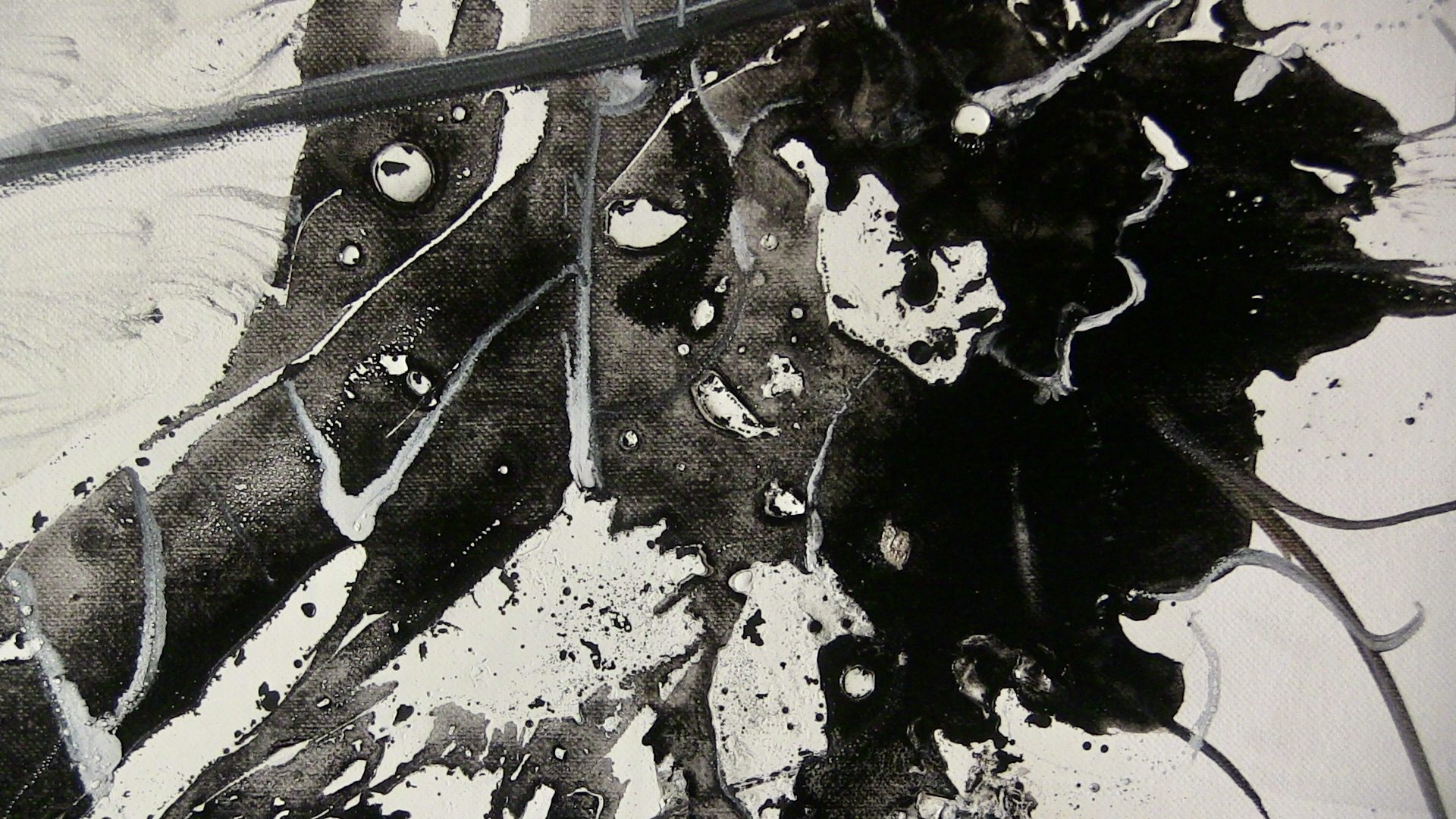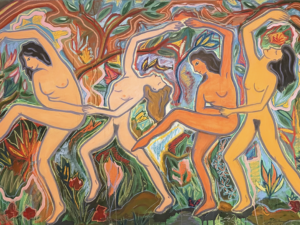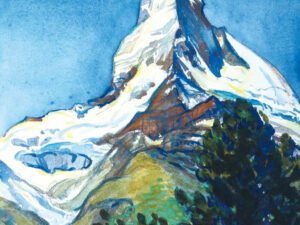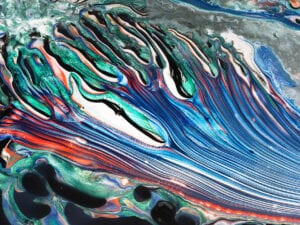Art is no longer something we observe; it’s something we step into. In recent years, artists have increasingly turned to immersive technologies and spatial storytelling to reframe how we engage with the world around us – specifically when it comes to nature. In 2019, Barbican Centre’s Our Time on Earth exhibition filled the gallery with works that navigated a rewilded city, a bridge made of roots and the underground world of soil. Right now, at Kew Gardens, Marshmallow Laser Feast’s Of the Oak installation is allowing people to look inside a tree – to ‘see’ inner workings and processes that are usually invisible. To bring the piece to life, the collective used LiDAR, high-resolution photogrammetry and CT scanning. It’s high-tech and rooted in cutting-edge science, but traditional media can also be immersive, with painters and sculptors continually finding new ways to embody animal, plant and planetary perspectives.
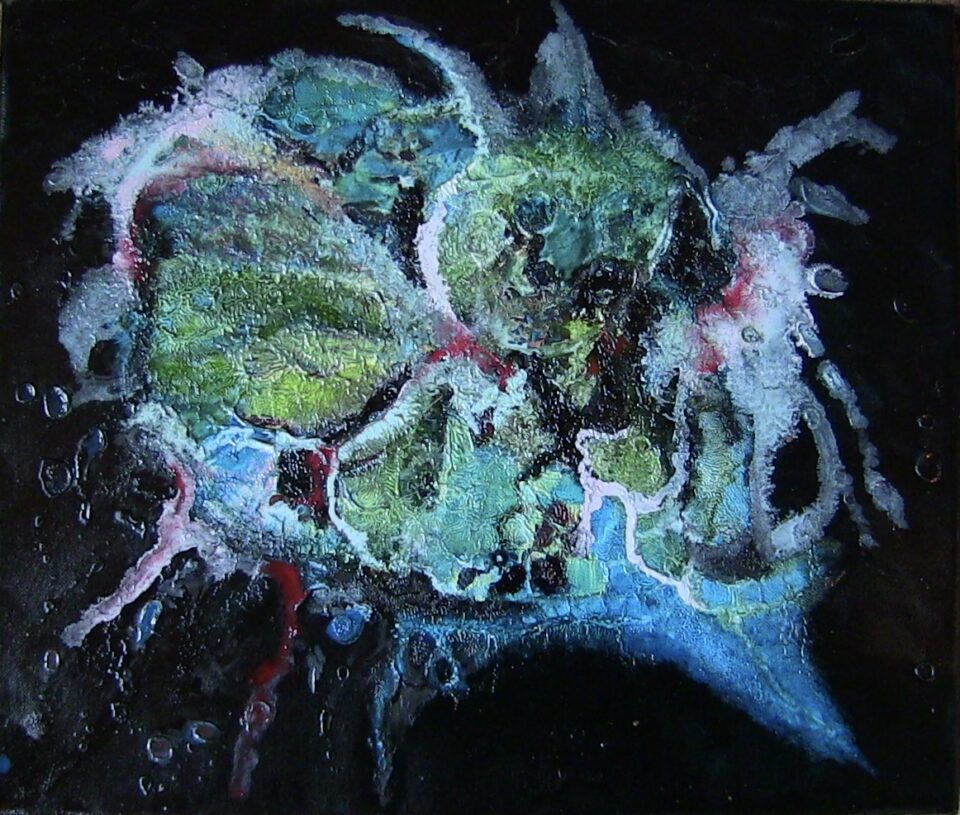
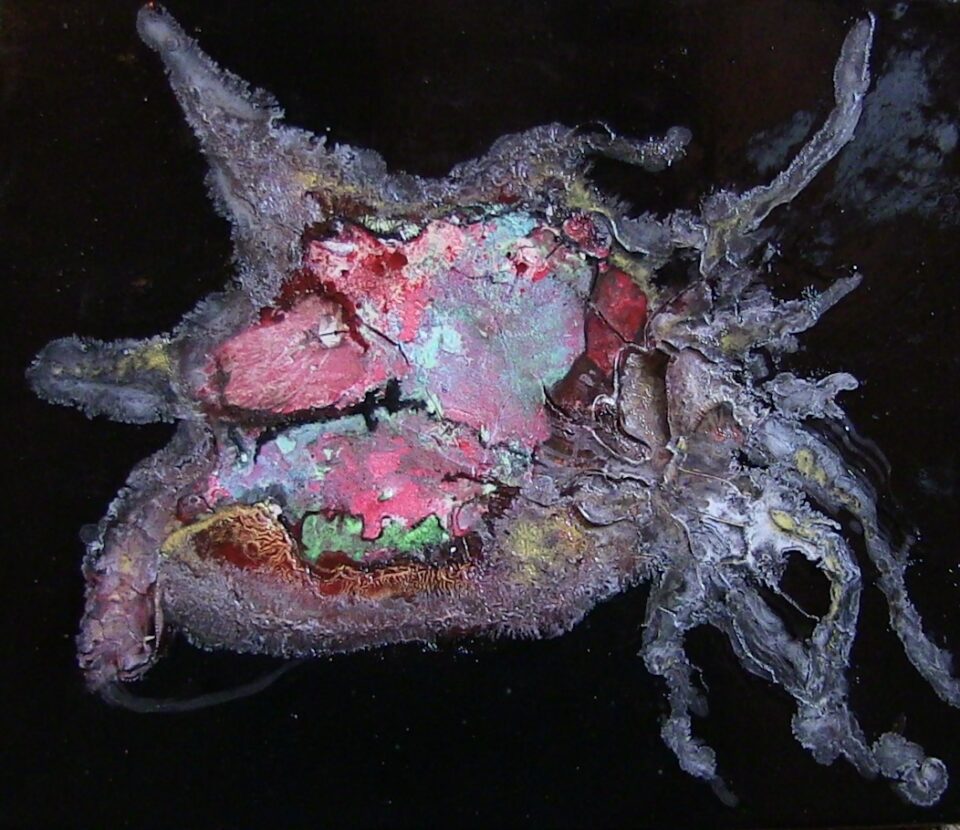
Brazil-born artist Hélios Boechat is one such example. In his paintings, he takes a similarly close-up view of nature – drawing viewers into the microcosms of insects, flora and the evolutionary processes they embody. Gobi Beetle (2024) tells a story of resilience, tracing an insect’s survival amidst harsh environmental conditions. Sunflower Caterpillar (2025) riffs on the biological process of metamorphosis, whilst Sunflower (2019) emphasises the evolutionary role of colour in the plant world. These compositions are celebratory and rooted in optimism: they speak to flexibility born from adversity, life’s extraordinary adaptability and the cyclical progression from vulnerability to strength. Others imagine a world slightly different from our own – where gravity is diminished and terrestrial animals can live in aquatic realms. Recently, Boechat has been working on a new technique: using oil varnish to evoke the look of parched, dry earth. It’s a powerful visual metaphor at a moment defined by global heating and extreme weather events.
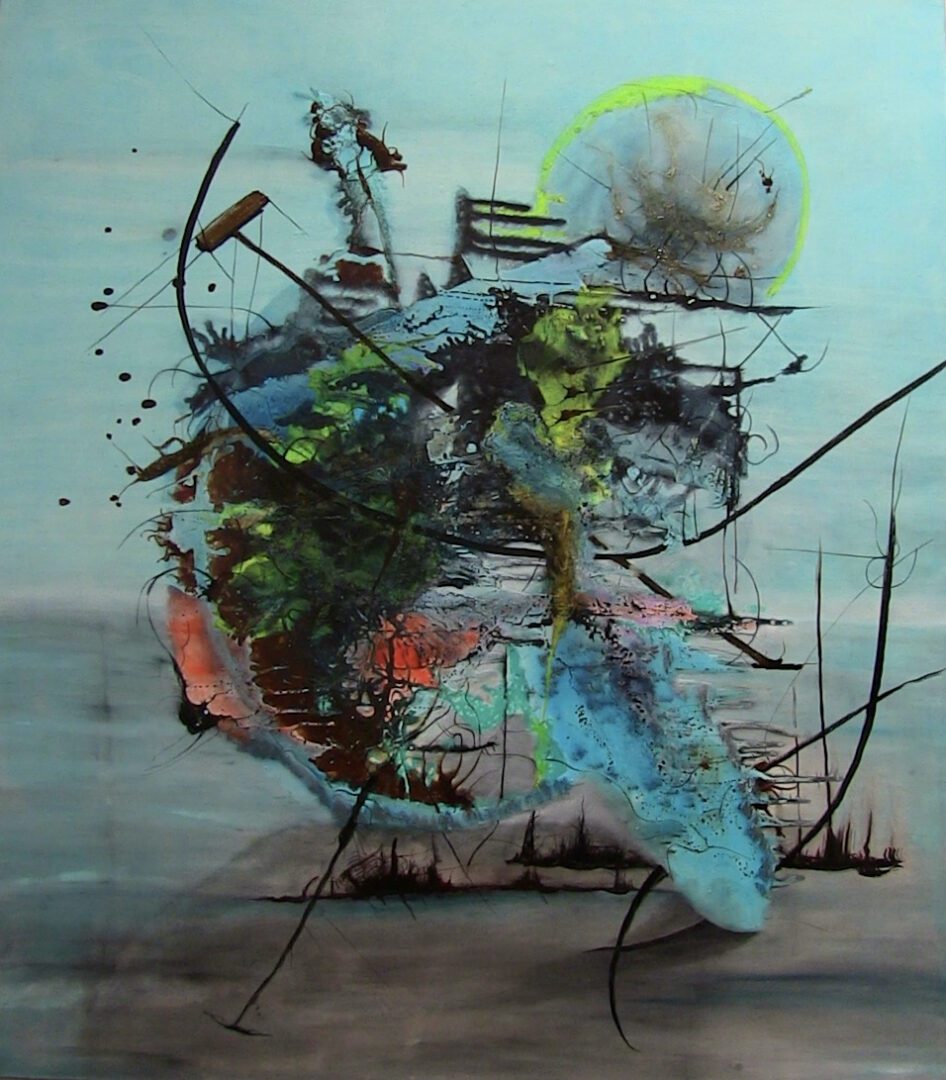
Some of Boechat’s compositions are rendered against stark black backdrops. Visually, they are reminiscent of biomedical imaging, like this year’s Wellcome Prize-winning Cholesterol in the Liver by Steve Gschmeissner. Others are explosive and bright, featuring characters that erupt with life – akin to figures emerging from a surrealist Max Ernst painting. Boechat’s approach is one of spontaneity and chance; he rejects preliminary sketches, instead allowing his images to emerge through intuitive bursts of colour. The aim: to reflect “nature’s inherent dynamism and unpredictability” – aligning himself with philosopher Daniel Dennett, who posited evolution as an ongoing process continually shaping consciousness.
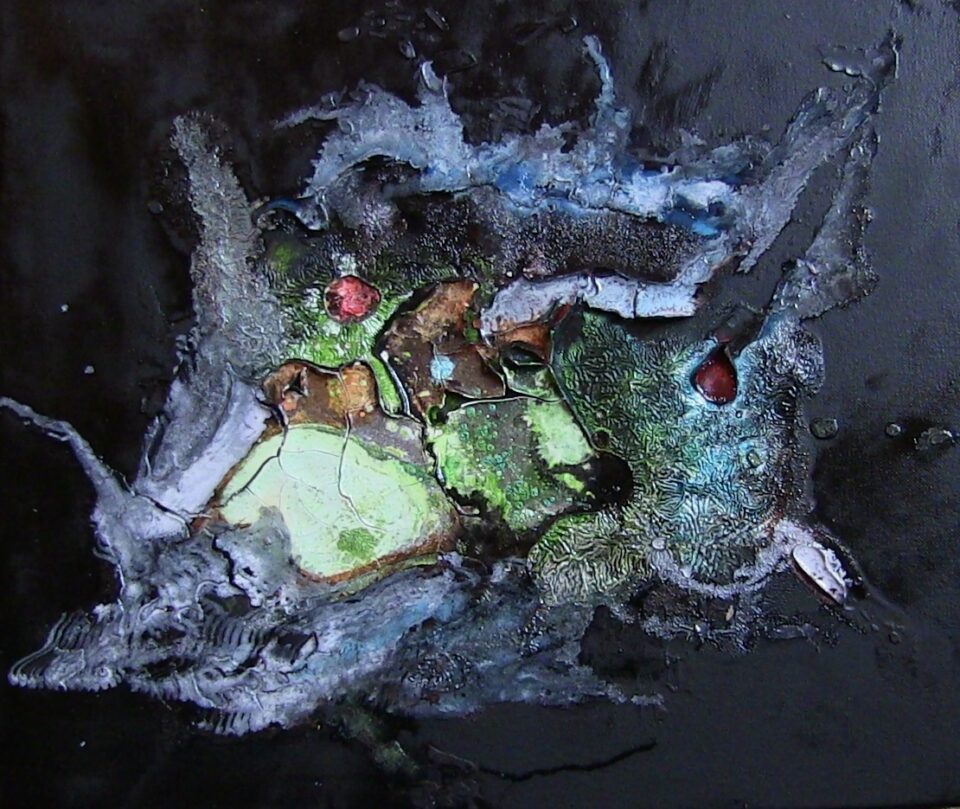

Boechat’s artistic practice is also rooted in personal and cultural experiences, and has been deeply shaped by his formative years in 1970s Rio de Janeiro under Brazil’s military dictatorship. This period, marked by personal tragedy and political turmoil, profoundly influenced his reflections on freedom, resilience and the transformative power of movement. All of these factors have culminated in an approach that has seen him exhibited globally, from New York and Beijing to Greiz Castle Museum. Under Boechat’s brush, even the tiniest lifeforms become portals – inviting us to see the world not from the outside, but from within.
helioserodio.com | pashminart-consortia.com
Words: Eleanor Sutherland
Image Credits:
1. Image courtesy Hélios Boechat.
2. Image courtesy Hélios Boechat.
3. Image courtesy Hélios Boechat.
4. Hélios Boechat, Ecosystem, 150 x 170cm.
5. Image courtesy Hélios Boechat.
6. Image courtesy Hélios Boechat.


